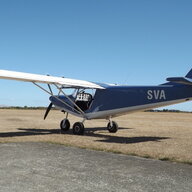-
Posts
3,012 -
Joined
-
Last visited
-
Days Won
26

IBob replied to red750's topic in Aircraft Incidents and Accidents

IBob replied to red750's topic in Aircraft Incidents and Accidents

IBob replied to red750's topic in Aircraft Incidents and Accidents

IBob replied to danny_galaga's topic in Student Pilot & Further Learning

IBob replied to Blueadventures's topic in AUS/NZ General Discussion

IBob replied to Blueadventures's topic in AUS/NZ General Discussion

IBob replied to BrendAn's topic in Aircraft Incidents and Accidents

IBob replied to BrendAn's topic in Aircraft Incidents and Accidents

